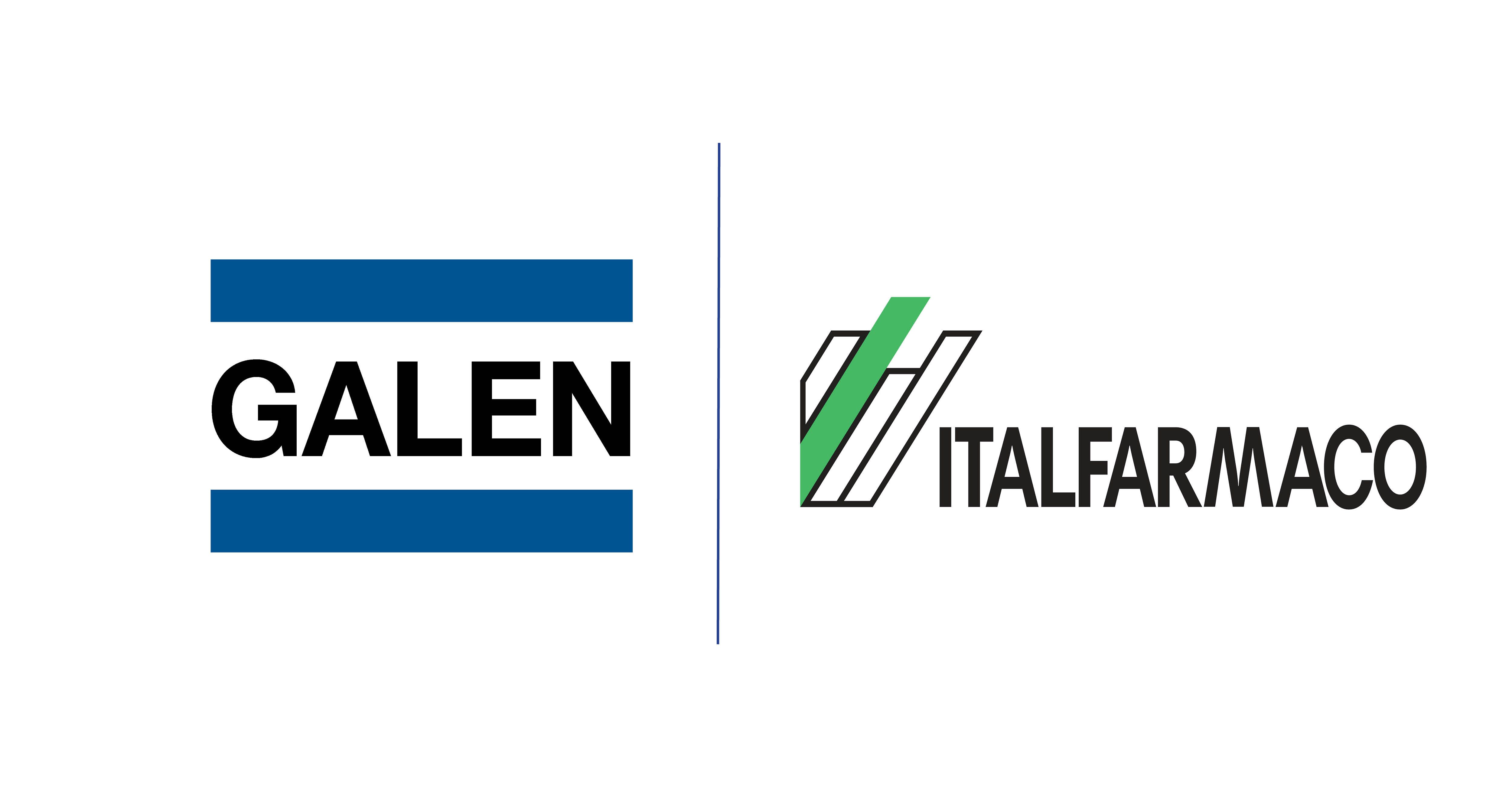| Galen | Blog
In an ideal world, integrating new products into your company’s portfolio should be a seamless process. When post-licensing integration is carried out well, it helps maximise the value of these assets without disrupting your current operations.
The key to successful integration is threefold: streamlining your workflows, effectively promoting the new offerings, and optimising your sales approach. By focusing on these three aspects, you'll maintain high-quality standards, strengthen your market presence, and fuel revenue growth – all the ingredients for a thriving, long-term partnership!
This guide explores the important factors to consider when integrating new additions to your business’s operational, marketing, and sales strategies, helping you achieve successful partnerships and long-term growth.
- Streamlining your workflows
You need to look at current operations and infrastructure compatibility to integrate newly licensed products into existing processes and systems.
So, how can you do this?
- Evaluate your current operations to identify areas where adjustments will be required to accommodate new additions.
- Look at how compatible the new additions will be with your existing infrastructure. The aim is to minimise disruptions while maintaining efficiency.
A smooth supply chain is key to successful integration. Review your current supply chain capabilities to understand what adjustments are necessary for the new addition/s. This might involve adjusting inventory levels, optimising distribution channels, and negotiating with new suppliers to avoid stockouts or delays.
Maintaining high standards of quality and compliance is a given, and meeting those standards is even more important with post-licensing integration. Here's how to make sure your high standards are met:
- Rigorous quality assurance processes: These checks ensure the new product meets your company's expectations and any regulations.
- Regular audits and inspections: Have regular meetings and audits to identify potential issues early and prevent them from affecting the overall relationship.
- Regular contract checks: Keep up to date with changes in the agreement and ensure legal obligations are met while maintaining trust and credibility with your partners and customers.
- Effectively promoting the new offerings
A well-crafted marketing plan that aligns with sales capabilities can often make or break the launch of a new product. Investing in effective and compliant marketing strategies will help introduce and position the new additions within your portfolio to ensure optimal market penetration post-launch.
- Start by conducting in-depth market research to understand the target audience and competitive landscape, and gain valuable market insights to tailor your marketing to reach and engage your audience effectively.
- Only by understanding the needs and concerns of the target audience will you be able to uncover the most important product benefits for different stakeholders. Remember that any claims need to be substantiated by rigorous evidence, and tactical activities must be compliant with industry guidelines.
- Develop a detailed launch plan that includes timelines, key milestones, and stakeholder responsibilities for a seamless launch and post-launch campaign. Ensure all team members fully understand the strategic imperatives and critical success factors for each new product.
Some steps for a successfully smooth launch might include:
- Pre-Launch Preparation: Pre-launch activity will create awareness and heighten anticipation within the company. During this time, it’s important to prepare internal stakeholders for their roles and responsibilities leading up to and upon launch. In many instances, this goes beyond teams involved in commercialisation. Medical, regulatory teams, operational teams, customer service staff, and administrative support staff are all stakeholders in ensuring a launch free of setbacks.
- Launch Activities: Host launch events and engage with clinical/healthcare professional (HCP) audiences to showcase the new product through relevant channels.
- Post-Launch Follow-Up: Monitor stakeholder feedback, how they engage with your new addition, and the product's overall performance to help you adjust marketing strategies if needed.
- Optimising your sales approach
Preparing your sales team and setting clear objectives are a must for the success of newly licensed products. Structured, focused sales strategies that complement marketing activity will equip the sales team with what they need to achieve targets and build strong customer relationships.
Begin by providing detailed training sessions that cover the product’s features, benefits, and usage. Provide sales manuals, FAQs, and other resources so the sales team can confidently address customer inquiries.
Define realistic and achievable goals based on market research and historical sales data. For example, at Galen, our metrics include:
- Number of units sold
- Revenue generated
- Market penetration rate
- Customer acquisition and retention rates
It’s important to regularly review these targets and adjust them as needed to reflect market conditions and sales performance.
Use CRM systems and sales analytics tools to gather data on sales activities, customer interactions, and market feedback. It is important to regularly review this data with your sales team to assess performance against set targets and identify any areas for improvement.
Managing your partnership for long-term success
Maintaining effective communication and regular reviews are key to managing post-licensing integration. Addressing challenges and planning for future growth will help sustain and strengthen your partnerships. Here are some of our tips on how to manage your partnership for long-term success:
- Maintain Communication with the Licensing Partner
- Establish regular check-ins with your licensing partner to discuss progress, share updates, and address any concerns. Maintaining this level of communication helps build a strong, collaborative relationship and keeps both parties on track to achieve goals and expectations. Use all communication channels available to you, such as emails or video calls, so there’s a steady flow of information.
- Review Performance and Progress Regularly
- Set up regular reviews to see how well the new product is performing. Track progress against your goals using clear metrics like sales figures, customer feedback, and market share. These reviews are a chance to celebrate wins and identify any areas for improvement, giving you a clear picture of how things are going.
- Address Challenges and Make Improvements
- Inevitably, challenges will emerge during the post-licensing integration process. Both parties must work together to identify the root causes of any issues and develop action plans to resolve them. Being proactive, transparent, and collaborative in your approach helps maintain trust and confirms that both parties are committed to finding solutions. Remember to get feedback from your team and your partner to make smart improvements.
Planning for Future Collaboration and Growth Opportunities
Look beyond the immediate integration to plan for future collaboration and growth opportunities with your licensing partner. Discuss long-term goals and explore ways to expand the partnership. This could involve co-developing new products, entering new markets, or enhancing existing offerings. A forward-thinking approach ensures that the partnership remains dynamic and mutually beneficial.
Some steps for successful ongoing management include:
- Establish Regular Communication Channels: Schedule frequent meetings and use various platforms to keep in touch with your licensing partner. Document and share meeting minutes and action items to maintain follow-up goals.
- Conduct Regular Performance Reviews: Use KPIs to track progress and identify areas that need attention. This can be done through quarterly business review meetings and yearly commercialisation plans.
- Proactively Address Challenges: Develop a systematic approach to problem-solving with your partner. Implement feedback loops to improve processes and outcomes continuously.
Struggling with the complexities of post-licensing integration? Partner with experts who can guide you every step of the way.
With over 55 years of experience and 35+ partners worldwide, we have vast experience in post-licensing integration to create successful partnerships.
If you are interested in achieving your business goals by working alongside our experts to support a smooth integration of your products into a new market, get in touch today.
More News
Would you like to discuss how Galen can help you?
If you would like to explore how our expertise could add value to your product, or for an initial discussion about partnering with us, please contact our team.
UK
Galen Limited
Seagoe Industrial Estate
Craigavon
BT63 5UA
United Kingdom
Telephone: +44 (0)28 3833 4974
Email:

Nordics
POA Pharma Scandinavia AB
Banevænget 13, 1.
3460 Birkerød
Denmark
Telephone: +45 3117 4300
Email:

Germany
POA Pharma GmbH
Langenbruchstraße 20A
D-45549 Sprockhövel
Germany
Telephone: +49 (0)2339 9113404
Email:

Copyright ©2025 Galen Limited.


